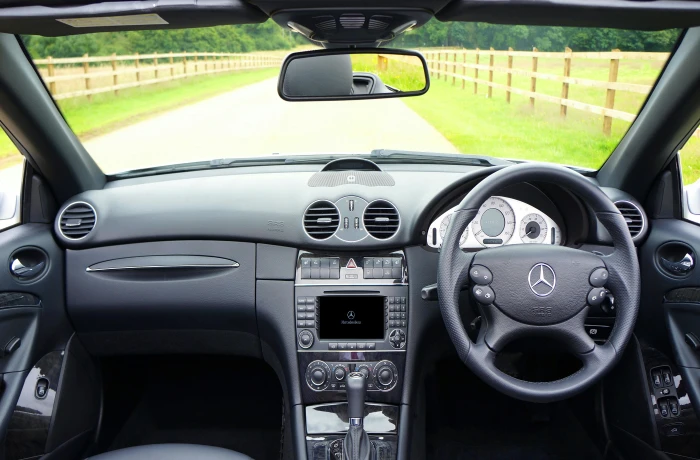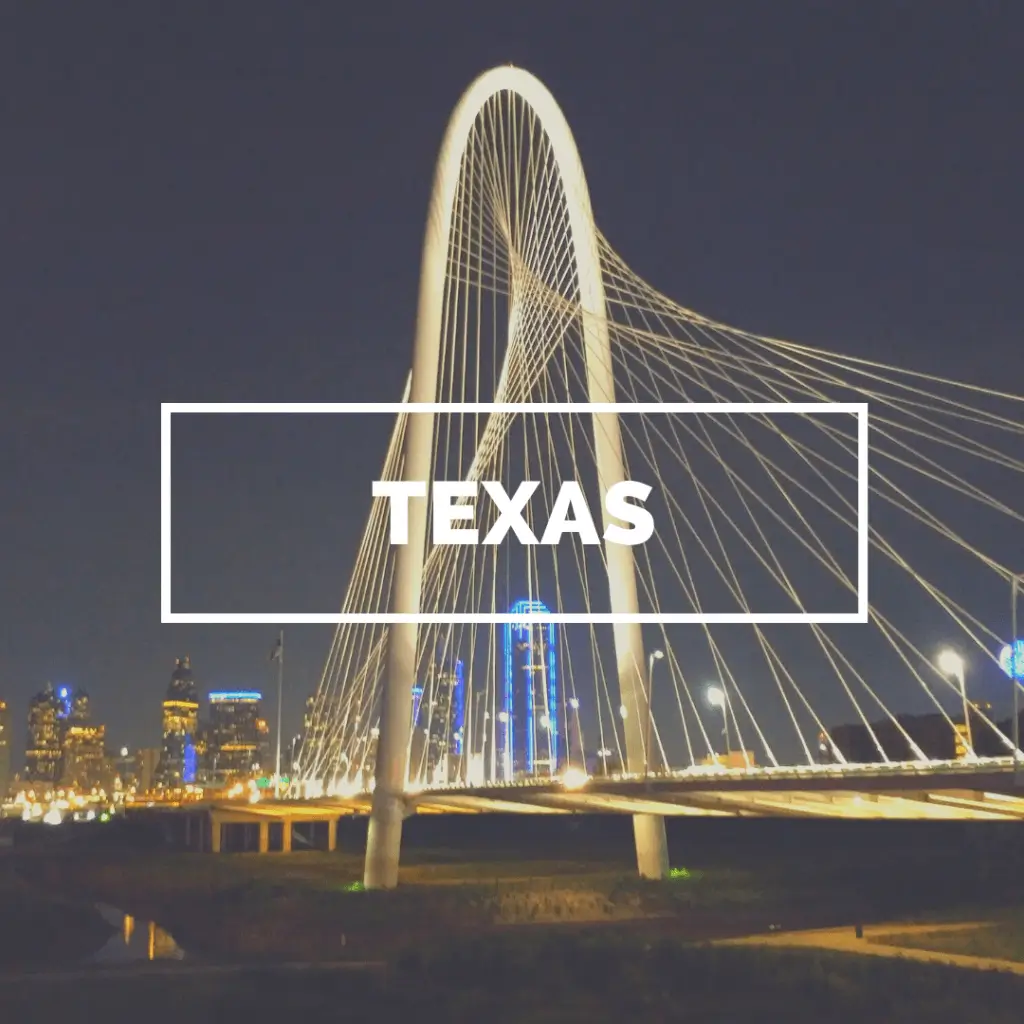Understanding Dashboard Warning Lights: What They Mean and How to Fix Them

Lila Claybourne
Sep 24, 2024

When Your Car is Trying to Tell You Something
Imagine you're driving down the road when a light suddenly flickers on your dashboard. What do you do? For many, it’s a moment of panic or confusion. Dashboard warning lights are the way your car communicates that something may need attention, but without understanding what they mean, it’s easy to ignore them or make the wrong decision. Ignoring these alerts could lead to costly repairs or even jeopardize your safety.
In this article, we will guide you through the most common dashboard warning lights, explain what they mean, and give you practical steps to address them. Whether it’s something simple you can fix yourself or a signal that requires professional help, knowing what your car is telling you is key to ensuring a smooth and safe driving experience.
What Are Dashboard Warning Lights?
Dashboard warning lights are visual alerts on your vehicle's dashboard designed to keep you informed about the health of your car’s systems. These lights illuminate when there’s an issue or potential problem with various components, from engine health to tire pressure.
The lights use color coding:
Red: Indicates a serious issue or urgent matter that requires immediate attention.
Yellow/Orange: Warns of a potential problem or something that needs to be checked soon but isn’t urgent.
Green/Blue/White: Simply informs you that a system is operating, like your headlights.
Recognizing these colors and understanding what each symbol means can help you determine whether you need to pull over right away or if it’s something you can handle later. Importantly, dashboard lights are your vehicle’s way of giving you a heads-up before a minor issue becomes a major repair.
Why You Shouldn't Ignore Dashboard Warning Lights
Dashboard warning lights are not just decorations—they serve as critical early warnings of vehicle health. Ignoring these lights can lead to severe mechanical problems, safety risks, and even costly repairs down the line. For example, continuing to drive with a check engine light on could damage the engine, while neglecting a brake light warning could lead to brake failure.
Responding to these alerts quickly can:
Prevent further damage to your vehicle.
Help you avoid dangerous driving conditions.
Save you from expensive repair bills by catching issues early.
Common Dashboard Warning Lights and Their Meanings
1. Check Engine Light
Meaning: The check engine light is one of the most recognizable dashboard symbols, and it usually points to a problem with the engine or emissions system. This could range from something as simple as a loose gas cap to more complex issues like a failing catalytic converter.
Common Causes:
Loose or damaged gas cap
Faulty oxygen sensor
Ignition coil issues
Catalytic converter malfunction
Fix: If the light is steady, check your gas cap first—tighten it or replace it if damaged. If the problem persists, or if the light is flashing, take your vehicle to a mechanic for diagnostics.
2. Battery Light
Meaning: This light signals that there’s an issue with your vehicle’s charging system. Your battery isn’t receiving power from the alternator, which could leave you stranded with a dead battery.
Common Causes:
Worn alternator
Battery nearing the end of its life
Corroded or loose battery terminals
Damaged wiring
Fix: Check battery connections for corrosion or looseness. If the problem isn’t visible, the alternator may need to be replaced. This is typically a job for a professional.
3. Oil Pressure Warning Light
Meaning: This light comes on when there’s insufficient oil pressure in the engine, which could cause severe damage if left unattended. It can be due to low oil levels or a malfunctioning oil pump.
Common Causes:
Low engine oil
Faulty oil pump
Oil leak
Fix: Stop driving immediately to prevent engine damage. Check the oil level and add more if needed. If the oil level is fine, consult a mechanic to inspect the oil pump or check for leaks.
4. Brake System Warning Light
Meaning: This light indicates a potential problem with your brake system. It could be related to low brake fluid levels or a worn-out brake pad.
Common Causes:
Low brake fluid
Worn brake pads or rotors
Handbrake engaged (in some cases)
Fix: Check your brake fluid levels and top them off if necessary. If the light remains on, you’ll want to have a mechanic inspect your brake system for worn pads or other issues.
5. Tire Pressure Monitoring System (TPMS) Light
Meaning: The TPMS light comes on when the tire pressure in one or more tires is too low. Driving with under-inflated tires can reduce fuel efficiency and cause tire blowouts.
Fix: Check the pressure in all tires, including the spare, and inflate them to the manufacturer’s recommended levels. If the light doesn’t go off, there may be a problem with the TPMS sensor.
6. Coolant Temperature Warning Light
Meaning: This light indicates that the engine is overheating. Driving with an overheating engine can cause major damage.
Common Causes:
Low coolant levels
Malfunctioning thermostat
Faulty radiator
Fix: Pull over as soon as it’s safe to do so, let the engine cool down, and check the coolant level. If the coolant is low, add more, but be careful not to open the coolant reservoir while the engine is still hot. If the problem continues, visit a mechanic to check for issues with the cooling system.
7. ABS Warning Light
Meaning: When the ABS (Anti-lock Braking System) warning light comes on, it means there’s a malfunction with the ABS. While your regular brakes will still work, the ABS might not engage in an emergency.
Common Causes:
Damaged ABS sensor
Faulty ABS module
Fix: You can drive safely to a mechanic for diagnosis, but it’s important to address the issue soon to ensure your ABS is functioning properly in an emergency.
What to Do When a Dashboard Warning Light Comes On
1. Check the Owner’s Manual
When a light pops up that you don’t recognize, your first move should be to consult the vehicle’s owner’s manual. It provides an explanation of every warning light specific to your vehicle model. Keeping this manual handy can save you time and give you a clear direction on what steps to take.
2. Basic Troubleshooting
Certain warning lights can be resolved with simple troubleshooting. For example:
Check fluid levels: Low oil, brake fluid, or coolant can often be easily topped off.
Inspect the battery: Check for corrosion on the battery terminals if the battery light comes on.
Tire pressure: Use a pressure gauge to ensure all tires are inflated to the correct PSI.
3. When to See a Mechanic
If a light remains on after basic troubleshooting, or if the warning light is flashing (indicating an urgent issue), it’s time to see a mechanic. Persistent or flashing lights are usually signs of a deeper problem that requires professional equipment to diagnose and fix. For example:
A flashing check engine light indicates a misfire, which can severely damage the engine if ignored.
A brake warning light should never be taken lightly, as it could point to brake failure.
Preventing Dashboard Warning Lights
Prevention is always better than cure. Regular vehicle maintenance can keep many dashboard warning lights from ever appearing. Here are some preventive steps to take:
Regular Oil Changes: Keeping your engine well-lubricated reduces the chances of seeing that dreaded oil pressure light.
Check Fluid Levels: Regularly inspect and top off your car's vital fluids—coolant, brake fluid, and power steering fluid.
Battery Maintenance: Keep your battery connections clean and free from corrosion. Replace the battery as recommended by your vehicle’s manufacturer.
Tire Pressure Checks: Routinely check your tire pressure and inflate as necessary to avoid TPMS warnings.
Brake Inspections: Have your brakes inspected at least annually to avoid sudden issues.
Use of Diagnostic Tools
Investing in an OBD-II scanner (On-Board Diagnostics tool) can be a smart move for car owners who want to understand their dashboard warnings more clearly. This tool can help you diagnose basic issues by reading error codes that trigger dashboard lights, giving you the option to either fix the issue yourself or have detailed information ready for the mechanic.
Conclusion: Stay Informed, Stay Safe
Dashboard warning lights aren’t just a nuisance—they are vital signals that can help prevent accidents and costly repairs. Taking action when a light turns on, whether it’s a DIY fix or a visit to the mechanic, ensures that your car remains in top working condition.
AmeriFreight understands the importance of vehicle safety and reliability, especially when it comes to shipping cars across long distances. When you transport your car with AmeriFreight, you can rest assured that your vehicle is in good hands. For more information on how we prioritize vehicle safety during transport, or to get an instant quote for car shipping, visit AmeriFreight's instant quote page.
FAQ Section
1. What does a flashing check engine light mean?
A flashing check engine light means there is a severe engine misfire, which could damage the catalytic converter if not addressed. Stop driving and consult a mechanic immediately.
2. Can I drive with the brake warning light on?
It's not recommended. The brake system is crucial for safety, and the light could indicate anything from low brake fluid to worn-out brake pads. Have your brake system inspected as soon as possible.
3. What does the ABS light mean?
The ABS light indicates a problem with your Anti-lock Braking System, which helps prevent your wheels from locking up in emergency braking situations. While your regular brakes will work, you should have the ABS checked by a mechanic.
4. How do I reset dashboard warning lights?
Some warning lights, such as the tire pressure or oil change light, can be reset manually after addressing the issue. For more complex systems like the check engine light, you may need to use an OBD-II scanner or have a mechanic reset it.
5. Why does my tire pressure light stay on even after inflating my tires?
If the TPMS light stays on after correcting your tire pressure, the sensor might be malfunctioning or need recalibration. A mechanic can diagnose and resolve the issue.
Related Posts
















